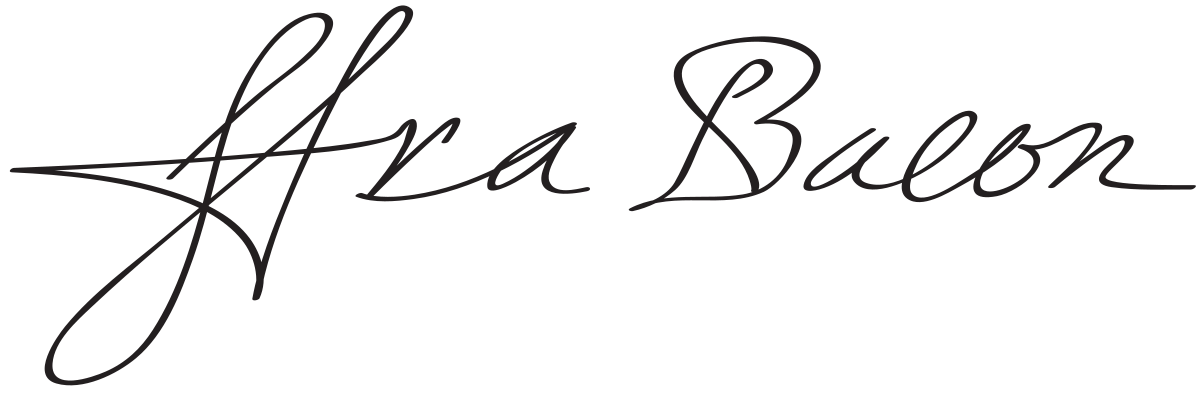Francis BACON
1909-1992
Any questions?
contact@mr-expert.com
Do you have a piece by Francis Bacon in your possession and would like to know its value? Our Experts will carry out a free appraisal of your piece, provide you with an estimate of the market price, and then help you to sell at the best possible price.
Status, estimation and price of the artist Francis Bacon
Price of a painting: 7 400 – 41,000,000 €.
Estimation of a print: 4 700 – 30,000 €.
Price of a drawing: 105 – 511,000 €
Price of a tapestry: 7 800 – 150,000 €.
If you would like to have a work by Francis Bacon appraised, our experts will take care of everything.
Bacon and the “Power of suggestion”
Francis Bacon was born in 1909 in the remote Irish town of Cheltenham. He began his career as an interior decorator and became a popular furniture designer in London in the late 1920s. It was not until 1946 that he started to devote himself to painting. The artist never claimed to be a member of the Surrealist group, although his work is very close to it. It was after a Parisian exhibition by Picasso in 1929 that the artist began painting (Crucifixion 1932) thanks to the influence of the Andalusian painter.
Bacon, like many in his time, was greatly affected by the Second World War which broke out in 1939. The artist managed to transcribe in his paintings the horror and fear that reigned in the atmosphere of that time (The Three Studies for a Crucifixion 1944). In 1946 he painted a very complex work which superimposed objects which he diverted from their primary function and between which he established no logical relationship. This painting embodies what Bacon defines as the “power of suggestion”, that is, the relationship between the objective value attributed to an object, a model and “the accident that disorients the vision. »
Exploration of the human figure
In the 1950s, his work focused more on human figures that he gave a somewhat tragic appearance. (Heads 1949) Bacon sought to represent “the trace left by human existence”. In his work, he used pre-existing images such as cinema, notably Eisenstein’s Battleship Potemkin, or paintings such as Velázquez’s “Portrait of Innocent X”, which inspired Bacon’s popes in the 1950s, as well as photography (After Muybridge, Woman emptying bowl of water and paralytic child on all fours, 1965).
Image duplication
In 1970, the artist revealed in his painting the doubling of the image by a play of mirrors, particularly in his large triptychs. During these years Bacon’s painting was subject to debate over the definition of realism and the role played by the image in painting. As a result, Bacon’s work attracted an audience beyond just specialists. In 1966, the BBC in 1966 dedicated films and interviews to Bacon. The famous composer Gerard Schurmann even dedicated a symphony to him – “Six Studies of Francis Bacon”, 1968-1969.
Francis Bacon died in 1992 while an exhibition of his last works was being held at Madrid’s Marlborough Gallery.
Recognising Francis Bacon’s signature
Like many artists, Bacon did not sign all of his works. However, you will find below an example of the signatures to give you an idea. Variations of these signatures do exist, do not hesitate to contact one of our experts to formally authenticate a signature.

Appraising and selling a piece by Francis Bacon
If you own a piece by Francis Bacon or any other object, ask for a free estimate via our online form.
You will then be contacted by a member of our team of experts and auctioneers to give you an independent view of the market price of your piece. In the context of a possible sale, our specialists will also advise you on the different options available to sell your work at the best price.